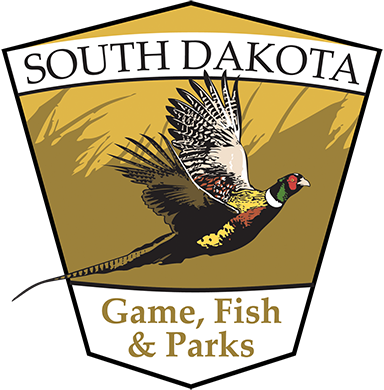south dakota game, fish and parks offers brood mix
GFP is working with private landowners to enroll into our food plot program and to promote pollinating habitat through the use of our brood mix. Natural pollinator habitats can be difficult to manage for and are often a tough sell to private landowners. Through the GFP food plot program, we are promoting the use of annual pollinator plots.
Traditional food plots, such as corn and sorghum, typically provide winter food for wildlife, but they lack flowering plants that attract insects. Insects are key components in the lifecycles of pheasants, grouse, and other upland nesting birds. When planted to our brood mix, food plots become “insect buffets” throughout the spring and summer, and also provide grain and forage value during winter months.
The brood mix is an annual mixture of cover crop species designed to flower from spring through fall and then produce seed for wildlife forage during the winter months. By flowering, the brood mix provides pollinator habitat that traditional corn/sorghum food plots lack. Pollinating insects, such as bees, leaf hoppers, butterflies, moths and ants thrive in areas with flowering, broadleaf plants. Insects comprise nearly 100 percent of a pheasant chick’s diet, making habitats for pheasant chicks to forage a key component of pheasant production.
GFP provides cooperators with free seed (corn, sorghum, and brood mix), as well as a $20/acre payment ($80/acre if enrolled into a public hunting access program) to assist with planting costs. If you are interested in learning more about GFP’s food plot program, contact a GFP private lands biologist.

